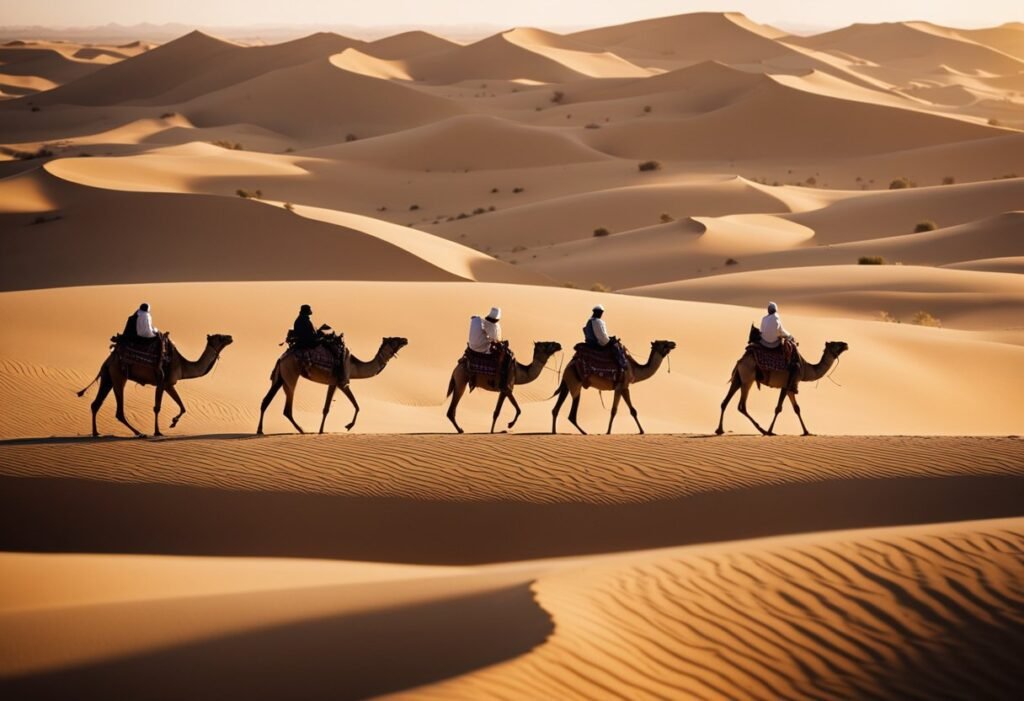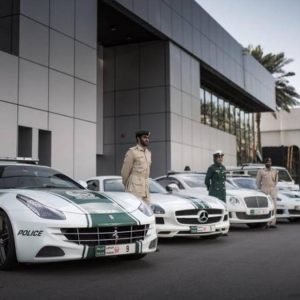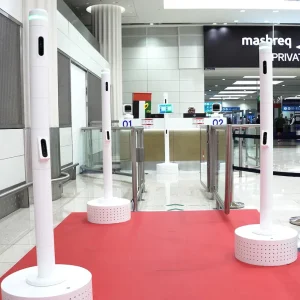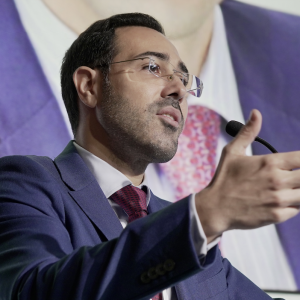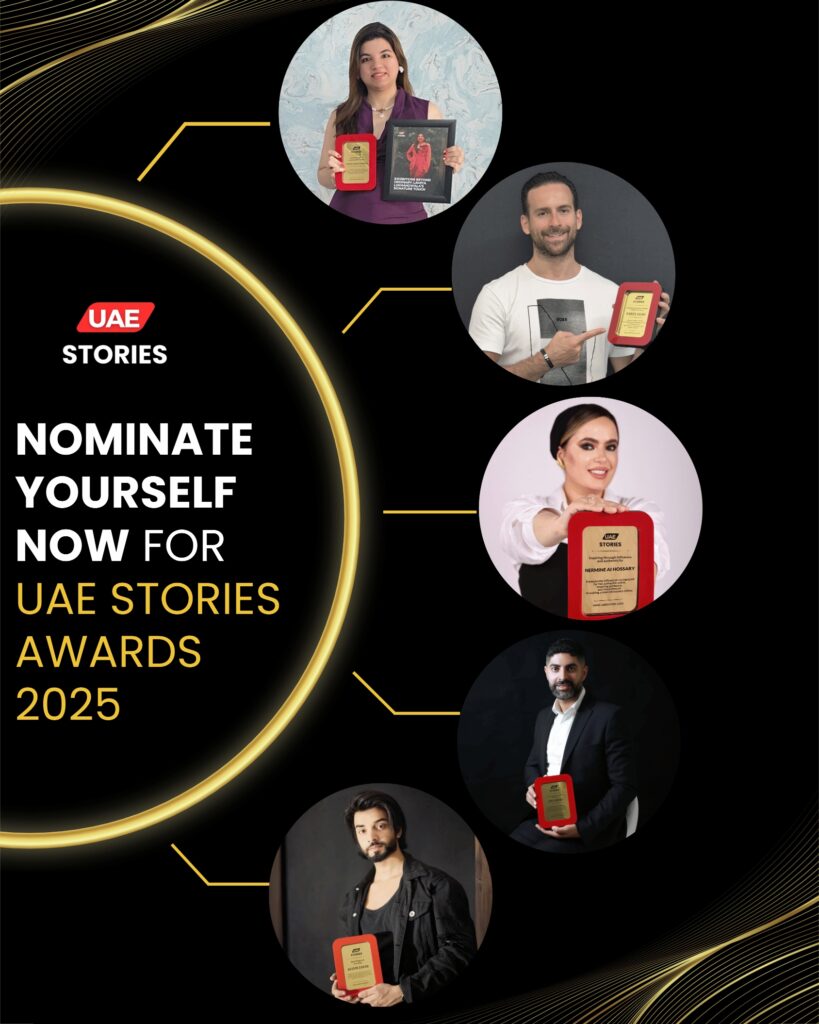In the quiet hush of the Arabian desert, where the sand seems to whisper ancient secrets and the stars stretch endlessly across the night sky, a rich oral tradition continues to thrive. This is the realm of the Bedouin storytellers—guardians of culture, memory, and identity. For centuries, these narrators passed down the tales of their people, weaving intricate narratives of adventure, morality, and folklore. Today, in the ever-evolving landscape of the United Arab Emirates, a new generation is rising to protect and preserve this sacred tradition.
Their mission is not merely about nostalgia or cultural preservation—it is a powerful act of connection. These voices, echoing across the dunes and now into classrooms, social media feeds, and community events, are ensuring that Bedouin heritage remains not just remembered, but lived.
Reviving a Timeless Tradition
Oral storytelling has always been the heartbeat of Bedouin society. Long before the written word found its place in the region, these stories were the vessel through which history, ethics, customs, and identity were passed down. Whether under a tent or beside a desert fire, these narratives held communities together, offering both guidance and entertainment.

In today’s rapidly modernizing world, where digital devices dominate communication and global culture blurs local identities, this form of storytelling faces an existential threat. Yet, across the UAE, efforts are gaining momentum to breathe new life into these old tales. Cultural festivals, school programs, and grassroots initiatives are all working to keep the Bedouin narrative alive and vibrant.
Heritage centers in regions like Ras Al Khaimah, Al Dhafra, and Sharjah regularly host storytelling sessions. These events are not just performances—they are acts of cultural preservation, where elders recount tales to young audiences, bridging generational divides and inspiring cultural curiosity.

The Guardians of the Tales
One such guardian is Mariam Al Mazrouei, a 67-year-old storyteller from the oasis town of Liwa. With silver strands woven into her black shayla and a gaze that seems to look beyond the horizon, Mariam is a living library of folklore. Her stories are rich with desert imagery—of lost caravans, wise animals, and the mystical jinn that dwell in the dunes.
“I learned these stories from my mother, who learned them from hers,” she says, her voice melodic yet firm. “They teach us who we are, where we come from. When I tell them, I feel like I’m speaking to my ancestors.”
Mariam travels to schools and cultural events, where she sits on woven rugs and narrates tales to wide-eyed children. These stories often carry moral lessons, wrapped in humor or suspense, making them both entertaining and educational.
Young Emiratis are increasingly drawn to these storytellers, not only for the magic of the tales but also for what they represent—a connection to a culture that, while evolving, remains deeply proud of its roots.
A New Generation of Storytellers
The effort to preserve Bedouin oral tradition is not solely the work of the older generation. Across the Emirates, young creatives and educators are finding innovative ways to carry these stories forward.
In Abu Dhabi, a group of university students have launched a project that collects and animates traditional stories, turning them into short films shared across social media platforms. These bite-sized adaptations are visually engaging and often bilingual, helping to reach both Arabic- and English-speaking audiences.
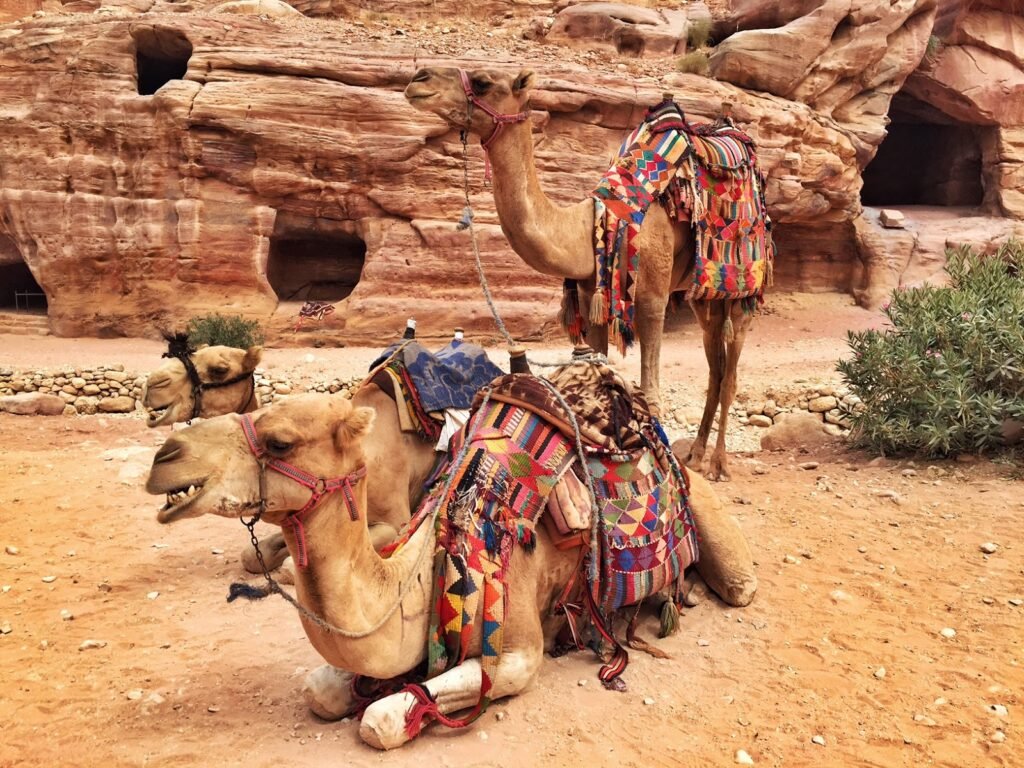
“We wanted to make the stories accessible without losing their soul,” says Layla, one of the project leads. “This is not about replacing tradition with technology—it’s about using technology to celebrate tradition.”
Workshops in Sharjah and Fujairah now offer storytelling courses where participants learn to master the rhythm, tone, and gestures needed to tell a tale effectively. These modern-day hakawatis are trained not just in the craft of storytelling, but in understanding the cultural context behind each narrative.
Women as Custodians of Culture
In many traditional Bedouin communities, it was often the women who told stories at home, shaping the imaginations of children and reinforcing community values. Today, Emirati women are reclaiming this role publicly and powerfully.
Salma Al Shehhi, a 29-year-old schoolteacher from Fujairah, hosts weekend storytelling circles where women share personal narratives and inherited tales. For her, storytelling is not just a cultural act—it is a form of empowerment.
“These stories remind us of our strength, our resourcefulness, our connection to nature,” Salma explains. “By telling them, we remind ourselves that our voices matter.”
Salma’s sessions often blend traditional storytelling with contemporary issues, creating a space where the old and the new coexist harmoniously. Her approach has inspired others to start similar circles, making storytelling a tool for community-building as much as cultural preservation.
The Role of Education and Community
Recognizing the value of oral storytelling, many schools in the UAE are beginning to integrate folklore into their curricula. Through literature classes, drama clubs, and heritage days, students are encouraged to explore the country’s oral history—not just as spectators, but as participants.
Educators report that this approach fosters a sense of identity and pride among students. Children who listen to and retell these stories often feel more connected to their heritage, and more motivated to preserve it.
In some schools, students are asked to interview their grandparents or older relatives and present the stories they gather. This not only preserves the tales themselves but strengthens family bonds and intergenerational understanding.
Cultural organizations and local municipalities are also playing a key role. Storytelling tents set up at festivals, mobile heritage units that travel to remote areas, and neighborhood storytelling nights are all part of a growing movement to keep the tradition alive and accessible.
Modern Mediums, Ancient Messages
The storytelling revival in the UAE is also embracing new media. Podcasts, animation, virtual reality experiences, and mobile apps are emerging as powerful tools to convey traditional tales to digital-native audiences.
Emirati filmmaker Ahmed Rashed is developing a series of animated shorts based on Bedouin myths. With richly illustrated characters and authentic voiceovers, his films aim to make folklore visually compelling for younger generations.
“The stories are timeless,” Ahmed says. “What changes is how we tell them. Animation allows us to bring the desert to life in new and exciting ways.”

Artists and musicians are also collaborating with storytellers to create multimedia performances, blending spoken word with music and visual art. These performances are drawing crowds not just locally, but at international cultural events, showcasing the UAE’s commitment to preserving and celebrating its intangible heritage.
Listening to the Land
The stories of the Bedouin are deeply intertwined with the landscape. From the shifting dunes of the Empty Quarter to the jagged peaks of the Hajar Mountains, every natural feature has a tale to tell. These are not just stories about the land—they are stories from the land.
Some initiatives now offer immersive desert experiences that combine traditional storytelling with guided nature walks. Participants sit around campfires under the stars, listening to tales about the spirits of the dunes or the wisdom of the desert fox.
These experiences foster not only cultural appreciation but environmental awareness. They highlight the delicate balance between people and nature, a theme that has long been central to Bedouin life.
A Living Legacy
As the UAE continues its journey as a modern, multicultural nation, the revival of its storytelling heritage offers something profound—a reminder that progress and tradition are not opposing forces. Instead, they can move forward together, each enriching the other.
The voices of the desert are still speaking. Through the dedication of storytellers like Mariam and the innovation of young cultural advocates, the ancient art of Bedouin storytelling is not just surviving—it is flourishing.
And in every story told, in every child who listens with wonder, the past continues to breathe into the future.
Read More: Ras Al Khaimah’s Eco-Tourism Boom: A Sustainable Oasis in the UAE

